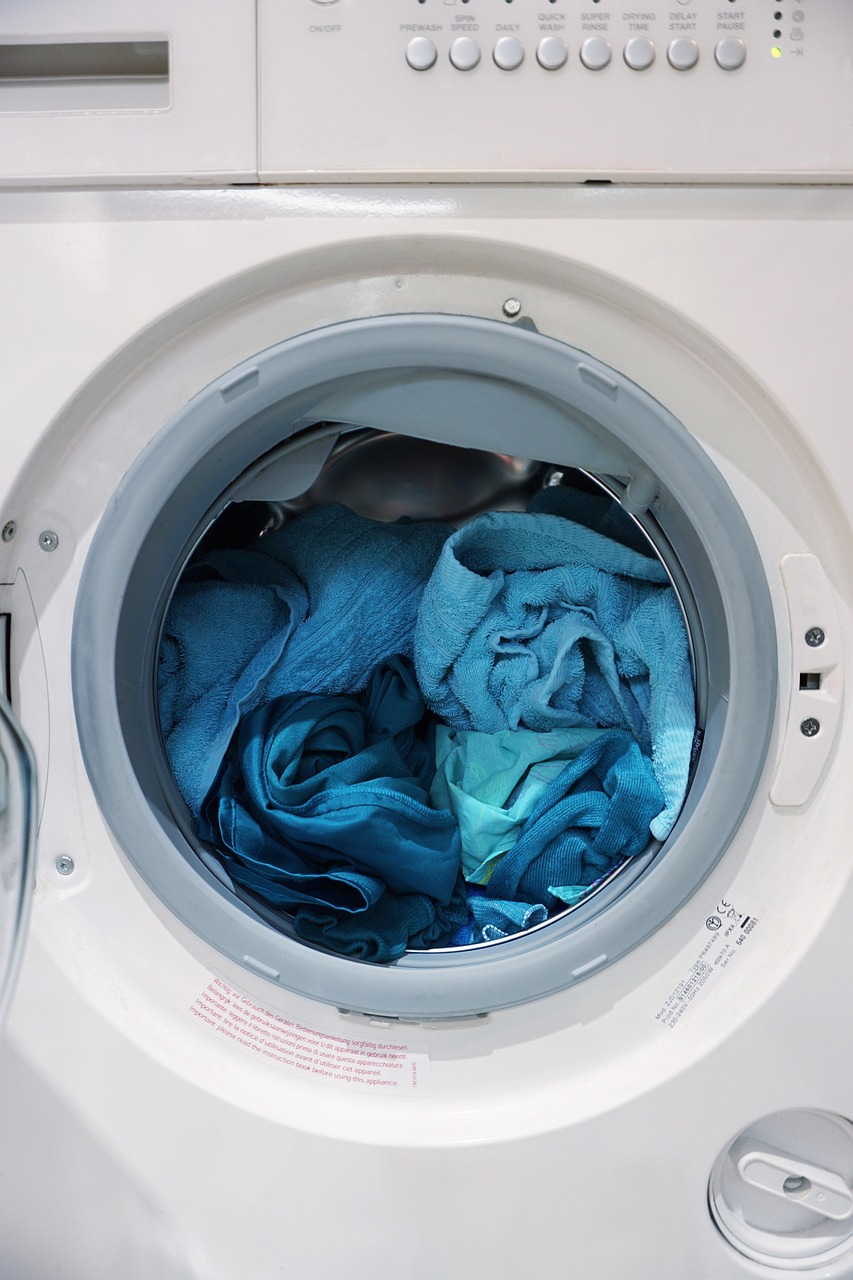- What Earth’s Magnetic Field Has to Do With Climate History - October 7, 2025
- The Science Behind Heat Domes and Their Growing Impact - October 7, 2025
- What Ancient Lake Beds Teach Us About Past Rainfall Patterns - October 6, 2025
Fix the Leaky Faucets That Are Silently Draining Your Wallet
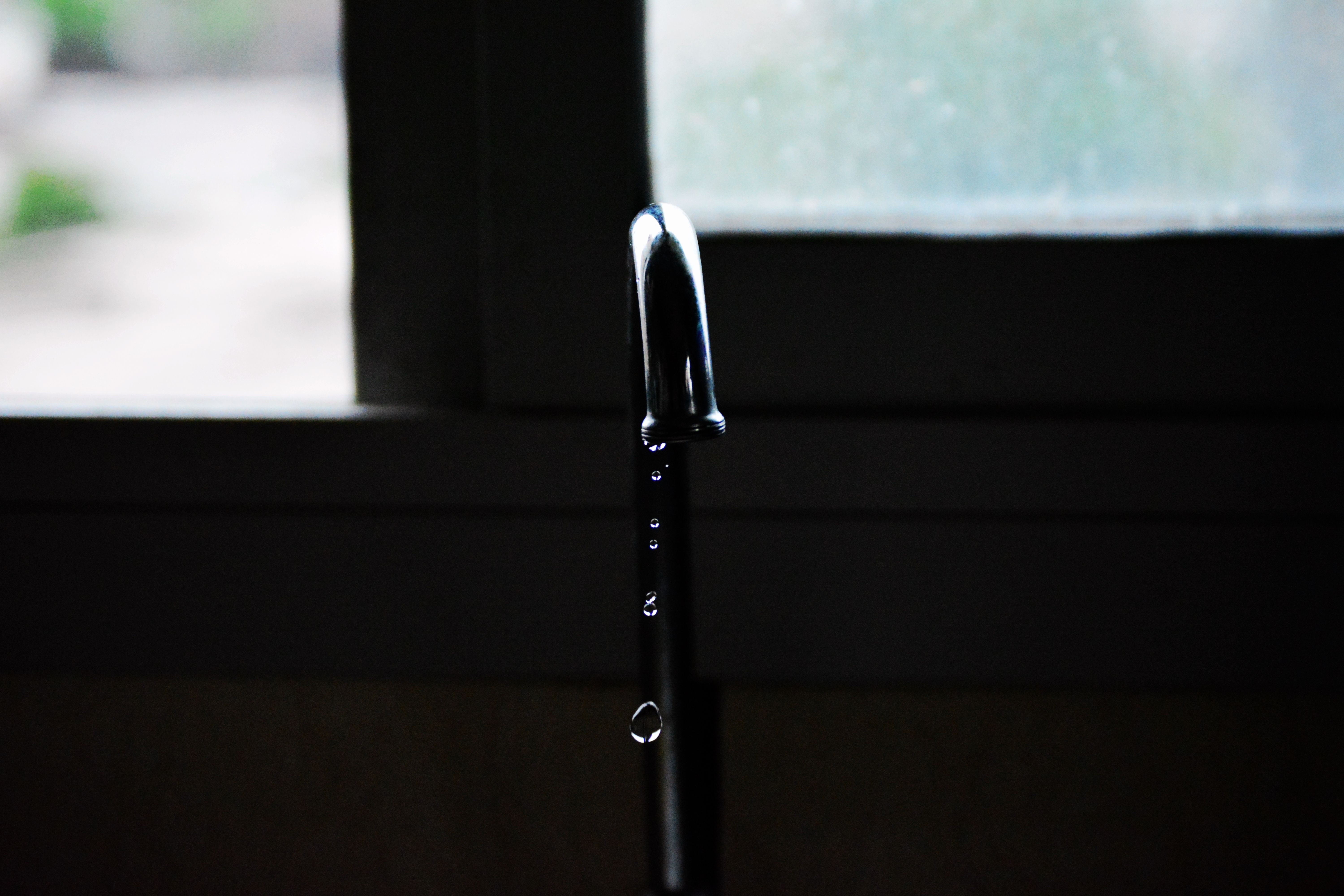
That innocent little drip from your kitchen faucet isn’t as harmless as it looks. A leaky faucet dripping at the rate of one drip per second can waste more than 3,000 gallons per year. Think about it this way – that’s enough water to take 200 showers! A tap dripping at a rate of 1 drip per second loses over 12,000 litres per year! The math is pretty shocking when you add up all those tiny drops. Most faucet leaks come from worn-out washers or O-rings inside the handle mechanisms, which are surprisingly cheap to replace. Cartridges include washers or “O-rings” that create a seal to prevent dripping. Over time, O-rings can wear out and will need to be replaced. Instead of ignoring that persistent drip, grab a wrench and tackle this five-minute fix that could save you serious money.
Turn Off the Tap While You Brush Your Teeth
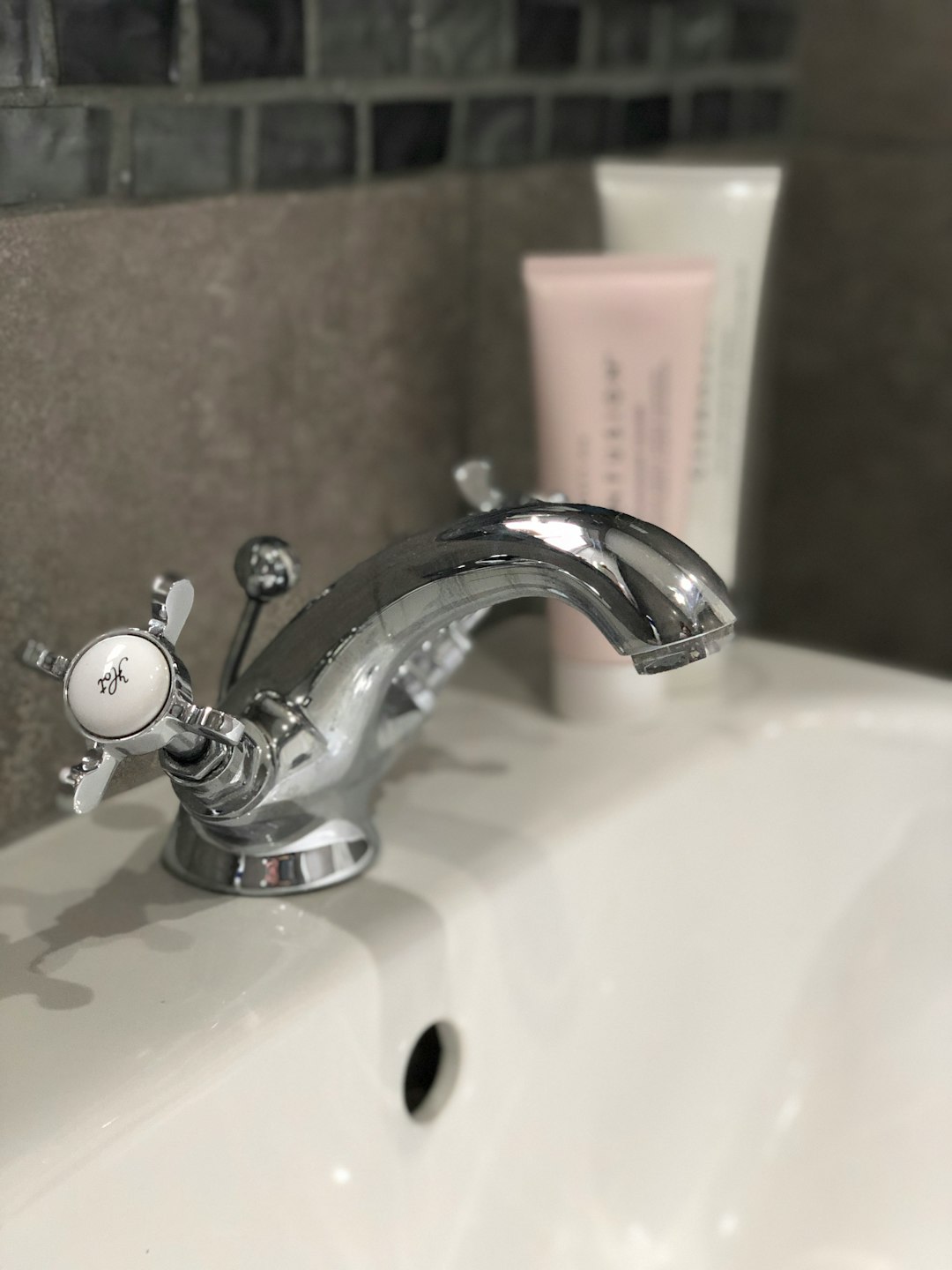
This might sound like your grandmother’s advice, but the numbers don’t lie. A running tap can use about 5 litres of water per minute. The average person brushes their teeth for about two minutes, twice a day. If you do the same while brushing your teeth, you could save another 8 gallons a day. Over a year, that adds up to nearly 3,000 gallons of water just from this simple habit change. The crazy part? Most people let the water run the entire time they’re brushing, even though they only need it for about 10 seconds to wet the brush and rinse. If you just turn off the tap while shaving or brushing your teeth, you could conserve almost 5,700 gallons of water annually.
Take Shorter Showers and Feel the Difference
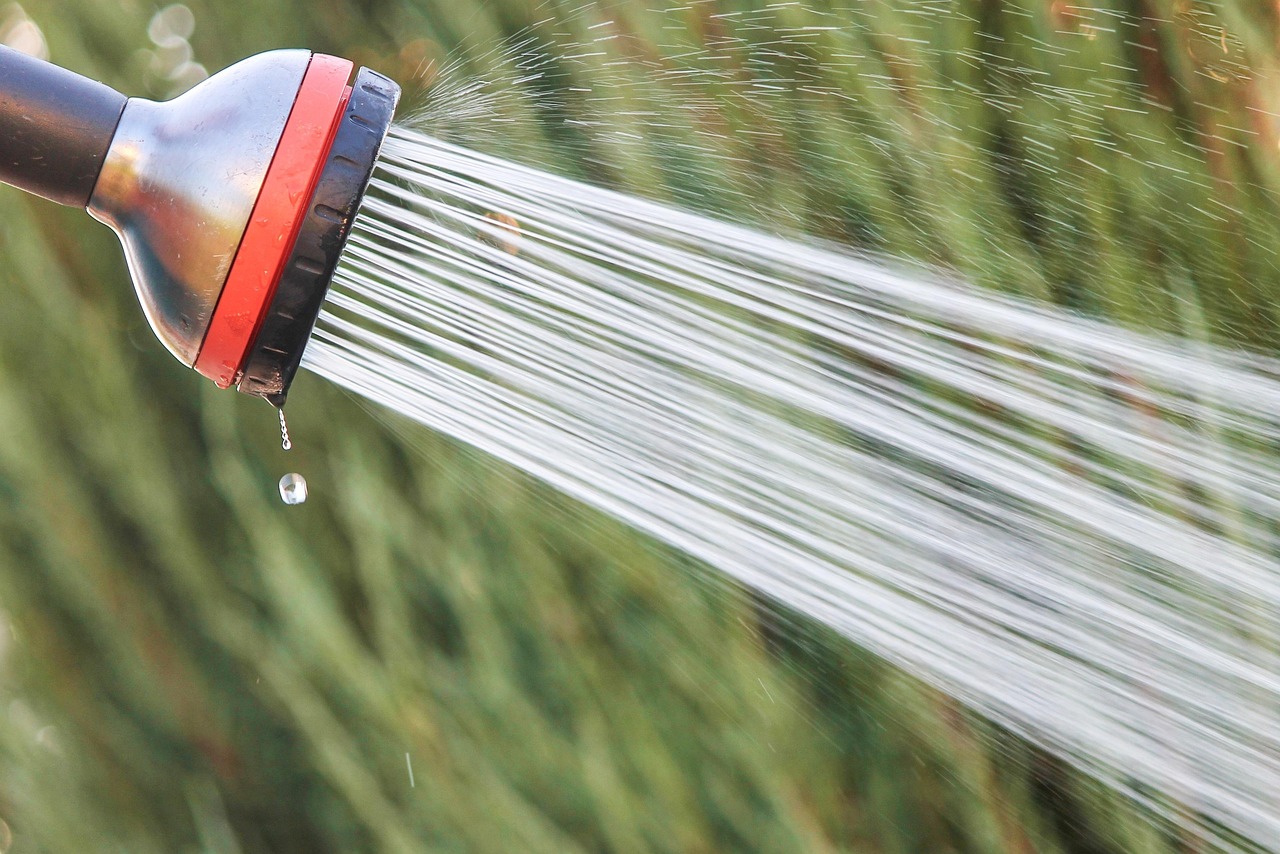
Your morning shower might be your favorite part of the day, but it’s also a major water guzzler. According to a national study by the Water Research Foundation in 2016, the average shower uses roughly 17 gallons of water and lasts for around eight minutes. Did you know every minute in the shower with a standard showerhead uses around 9 litres of water? That’s one full bucket per minute. Here’s a simple challenge: try cutting your shower time by just two minutes. Decreasing your showering time from 15 minutes to eight minutes could save up to nearly 80 gallons of water. That’s like getting 80 free gallons to use somewhere else! Install a water-efficient showerhead too – Replacing showerheads with WaterSense labeled models can reduce the average family’s water and electricity costs by $70 and can save the average family more than 2,700 gallons of water per year.
Upgrade Your Toilet to Stop Wasting Precious Water
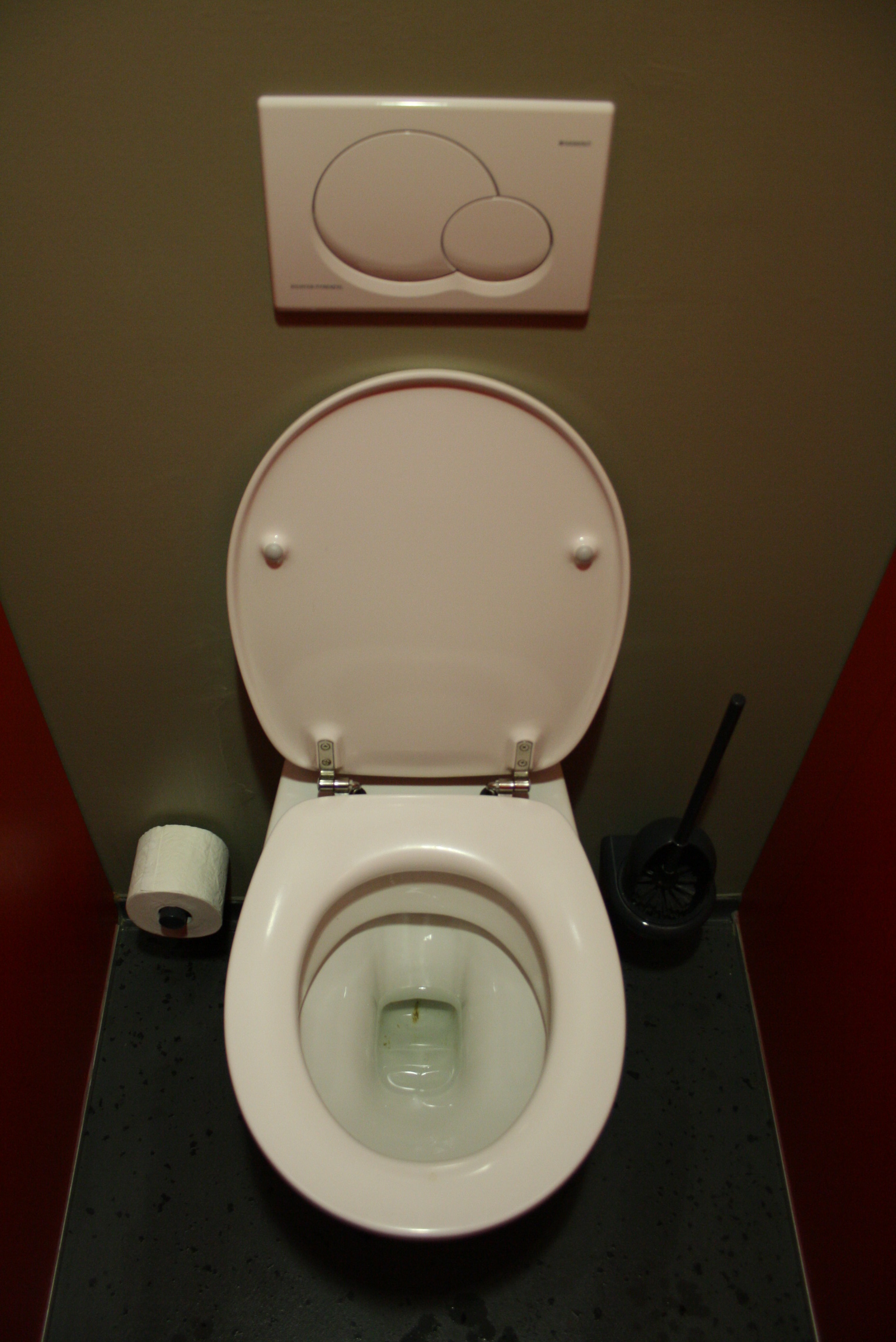
Your toilet is probably the thirstiest appliance in your home, and you might not even realize it. A national study by the Water Research Foundation in 2016 found that toilets can account for up to 24 percent of the water used in your home. The average American home uses 31% of its indoor water supply for toilets. If your toilet was installed before 1994, it’s likely using 3.5 gallons per flush or more. While today’s federal requirements specify that new toilets must use no more than 1.6 gallons per flush, there are still many old and inefficient toilets in operation that consume 3.5 or more gallons with each flush. The average family can save 13,000 gallons of water and $130 in water costs per year by replacing all old, inefficient toilets in their home with WaterSense labeled models. Even if you can’t replace the whole toilet, you can install a simple tank displacement device that saves about a gallon per flush.
Hunt Down Those Sneaky Toilet Leaks
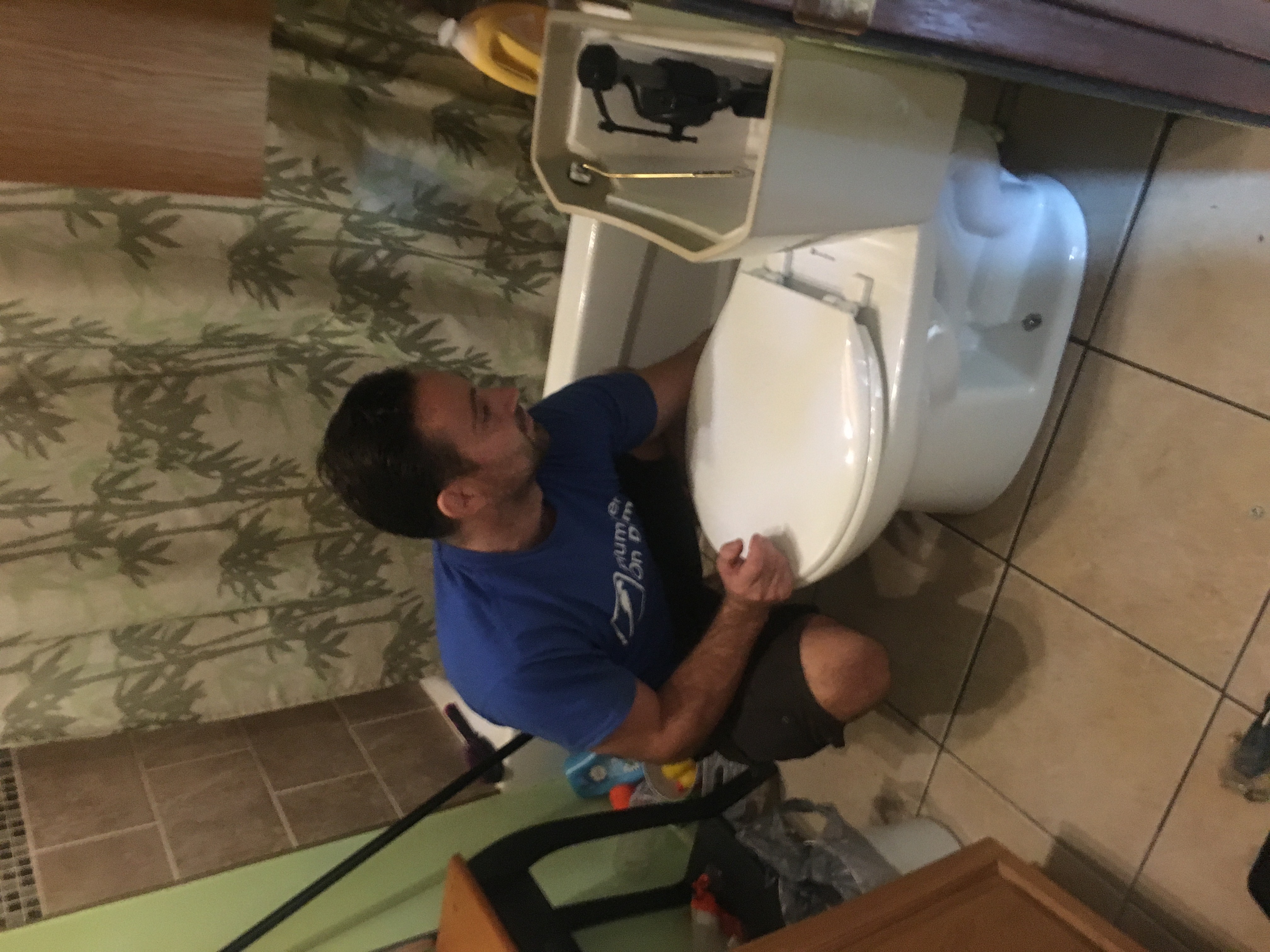
Silent toilet leaks are like invisible money drains – you don’t notice them until your water bill arrives. The average family can waste 180 gallons per week, or 9,400 gallons of water annually, from household leaks. A leaking toilet can waste up to 60,000 litres of water per year. The good news is that detecting toilet leaks is ridiculously easy. Place a drop of food coloring in the toilet tank and wait 10 minutes. If any of the coloring appears in the toilet bowl, then your toilet flapper is leaking. Flappers typically last about five years and are often the source of leaks when they no longer fully seal. WaterSense recommends proactively replacing your toilet flapper every 5 years.
Run Your Dishwasher Only When It’s Full
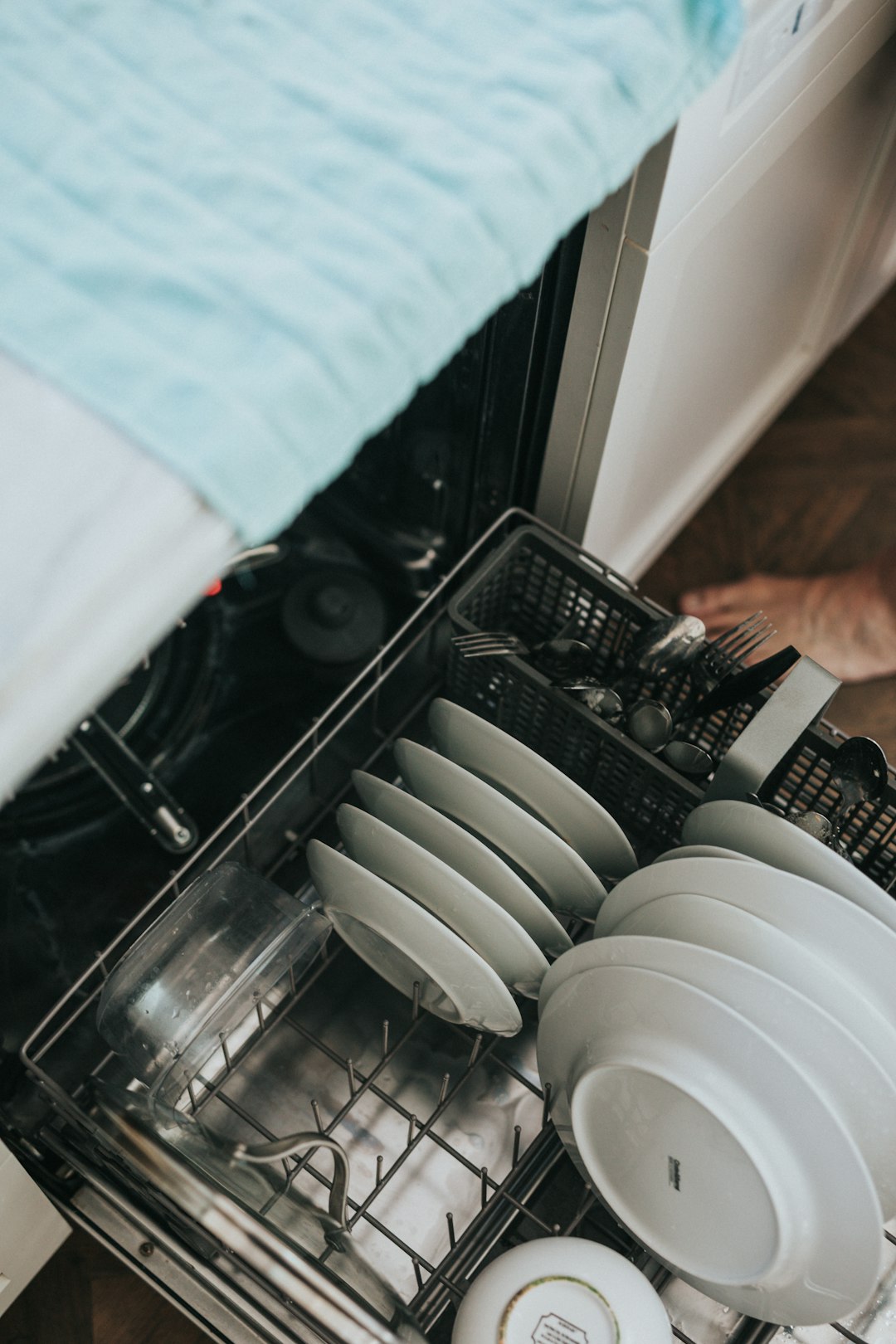
Your dishwasher is actually more water-efficient than hand washing – but only if you use it right. Hand-washing the dishes uses more water than a dishwasher. Some energy star dishwasher models use as little as 3 gallons per cycle, in contrast to hand washing dishes, which can use up to 27 gallons in their gallons cycle. The secret is running your dishwasher only when it’s completely full. By running the dishwasher once a week instead of twice, a family can save 320 gallons of water annually. The standard-sized ENERGY STAR certified dishwasher costs about $35 per year to run and can save an average of 3,870 gallons of water over its lifetime. Skip the pre-rinsing too – modern dishwashers are designed to handle food particles, and that extra rinse is just wasted water.
Collect Cold Water While Waiting for Hot
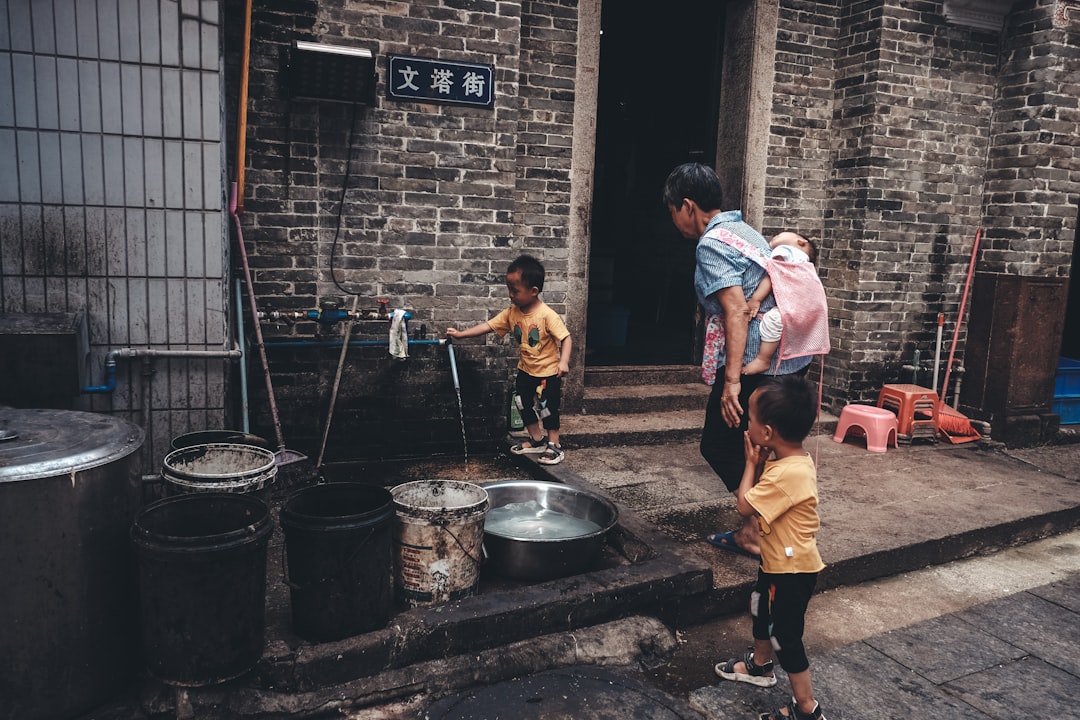
Here’s a simple trick that turns waste into something useful. If it takes awhile for your shower to warm up, put a bucket in to catch the water before you get in. Then use that water for house plants, cleaning floors or hand-washing sweaters or delicates. Think about how much water goes down the drain every time you wait for the shower to heat up – it could be gallons every single day. This method works for kitchen sinks too, where you’re waiting for hot water to wash dishes. Chill a pitcher or bottle of water in the fridge instead of letting the water run until it gets cold each time you need a drink. It’s like getting free water for your plants while saving money on your utility bill.
Fix Your Outdoor Water Waste
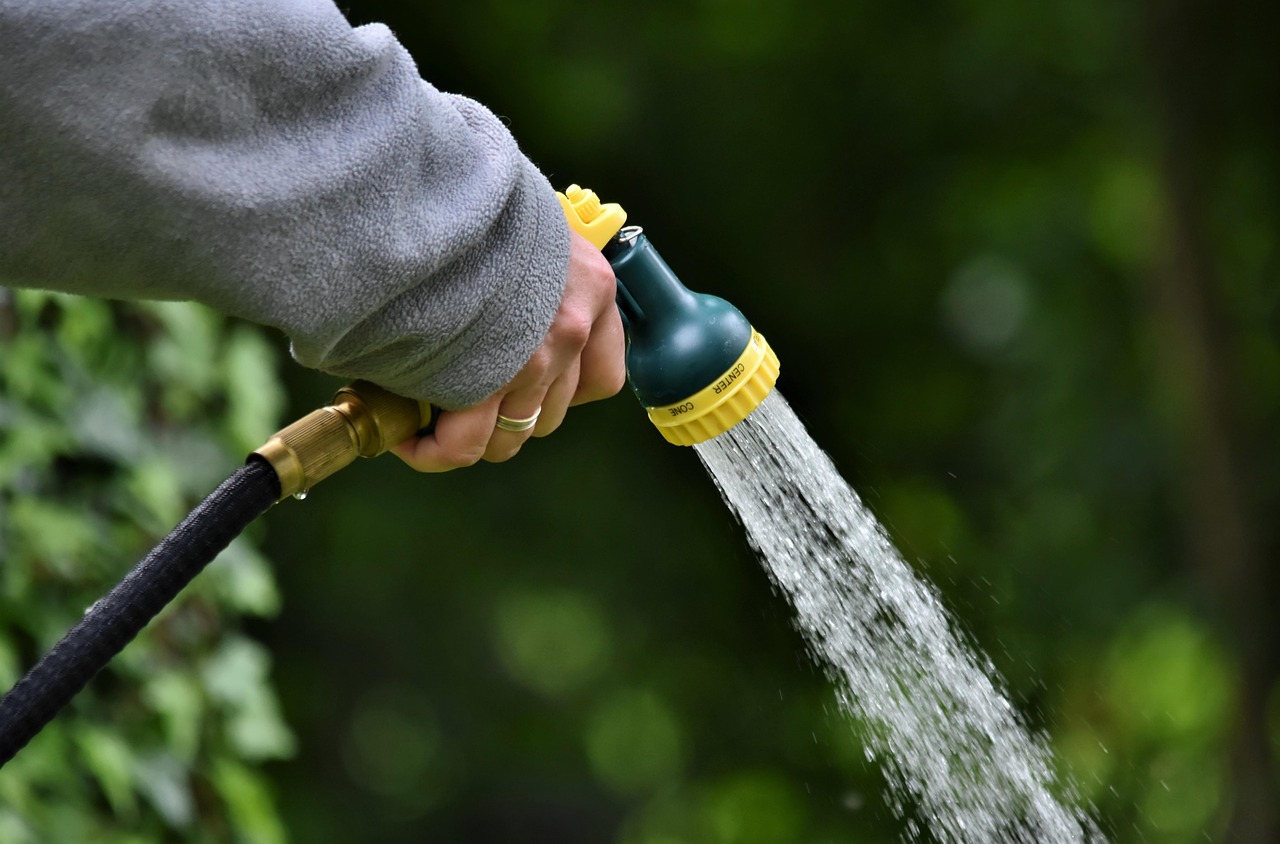
Your garden hose and sprinkler system might be the biggest water wasters on your property. Up to 50 percent of outdoor water usage is lost due to wind, evaporation, and inefficient irrigation methods and systems. A household with a poorly maintained automatic landscape irrigation system can waste up to 25,000 gallons of water yearly. One broken sprinkler head could waste up to 25,000 gallons of water over a 6 month irrigation season. The simple solution is to inspect your irrigation system regularly and fix any broken heads immediately. Attach a trigger nozzle to your hosepipe to reduce wastage halve the amount of water used. Good management can reduce irrigation water use by 15%, saving about 7,600 gallons annually, which is enough for 480 showers.
Install Water-Efficient Appliances and Fixtures
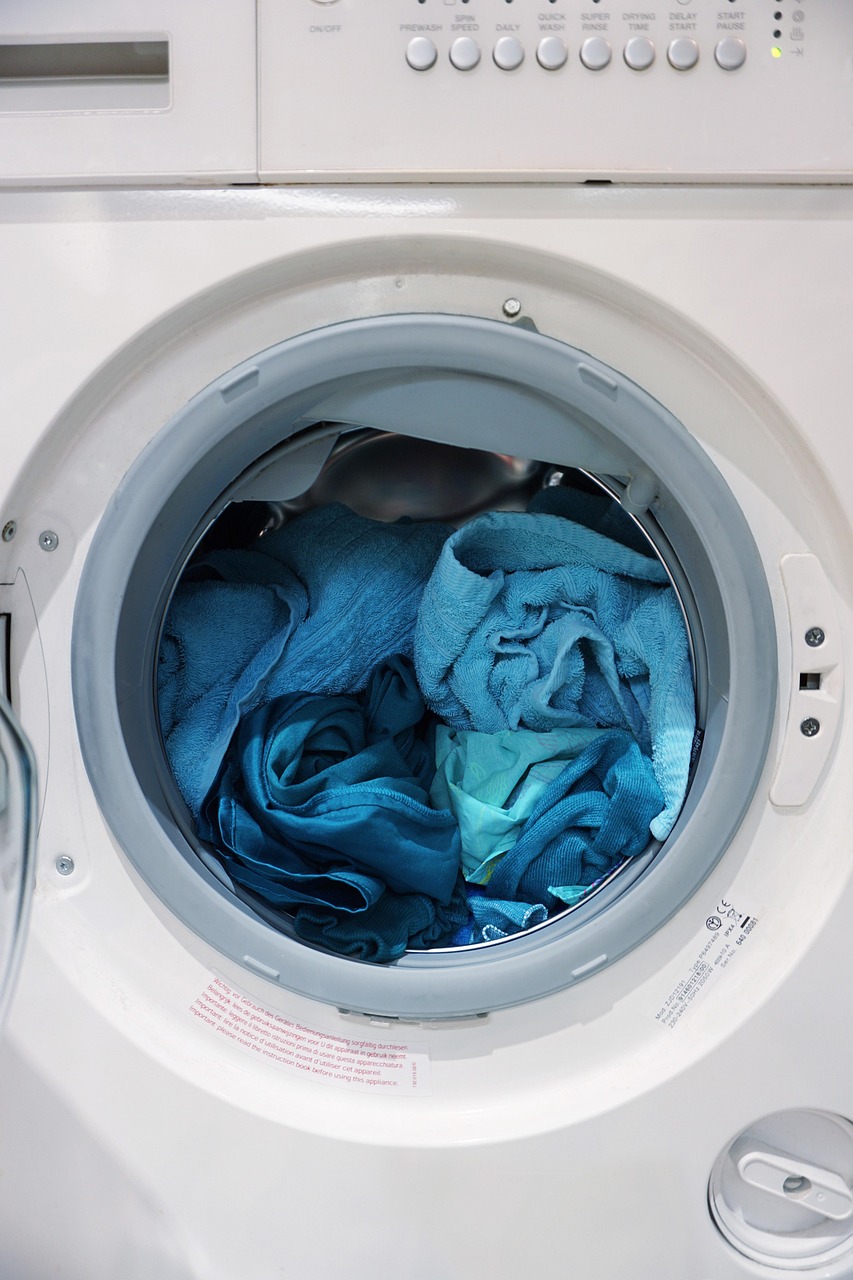
Sometimes the best water conservation happens when you’re not even thinking about it. We can all use at least 20 percent less water by installing water-efficient fixtures and appliances. Upgrading toilets, showerheads, sink faucets and appliances can reduce total indoor usage by 35%! The average family spends more than $1,000 per year in water costs, but can save more than $380 annually from retrofitting with WaterSense labeled fixtures and ENERGY STAR certified appliances. WaterSense labels products that are 20 percent more water-efficient and perform as well as or better than standard models. According to the EPA, ENERGY STAR certified dishwashers are on average 12% more energy-efficient than standard models. This translates into an average of $35 in energy savings annually, or $350 over the appliance’s lifetime.
Check Your Water Meter for Hidden Leaks
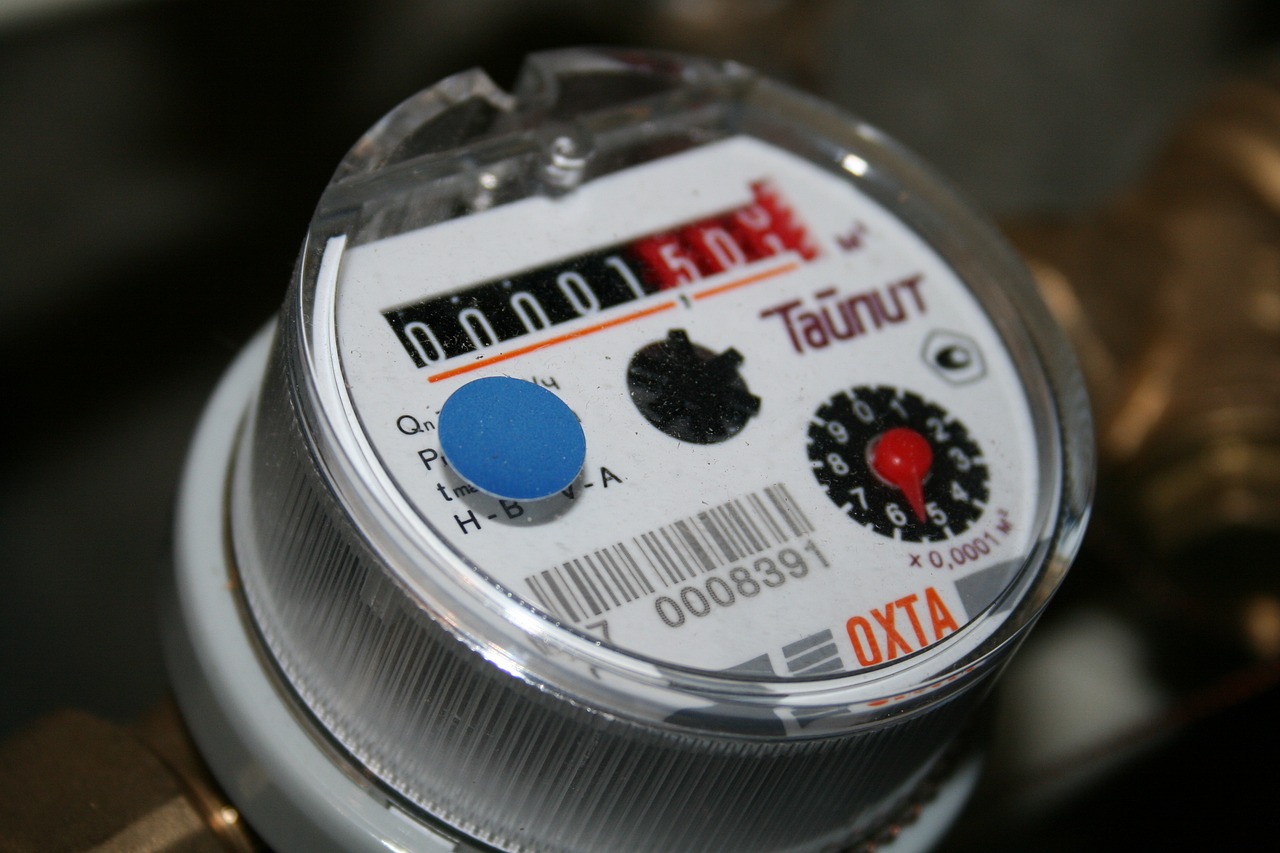
Your water meter is like a detective tool that can reveal hidden leaks throughout your home. On average, 14% of a household’s daily water usage is wasted due to leaks! The average home may lose almost 10,000 gallons of water every year, and 10% of homes have leaks that waste 90 gallons or more per day. Here’s how to become a leak detective: turn off all water-using appliances and fixtures, then watch your water meter. It will spin or advance any time water is flowing through your pipes. If the meter is still spinning, there’s a good chance there’s a leak somewhere. Nationwide, household leaks contribute to an estimated waste of nearly 900 billion gallons of water annually. This amount equals the yearly water consumption of nearly 11 million homes.
Conclusion
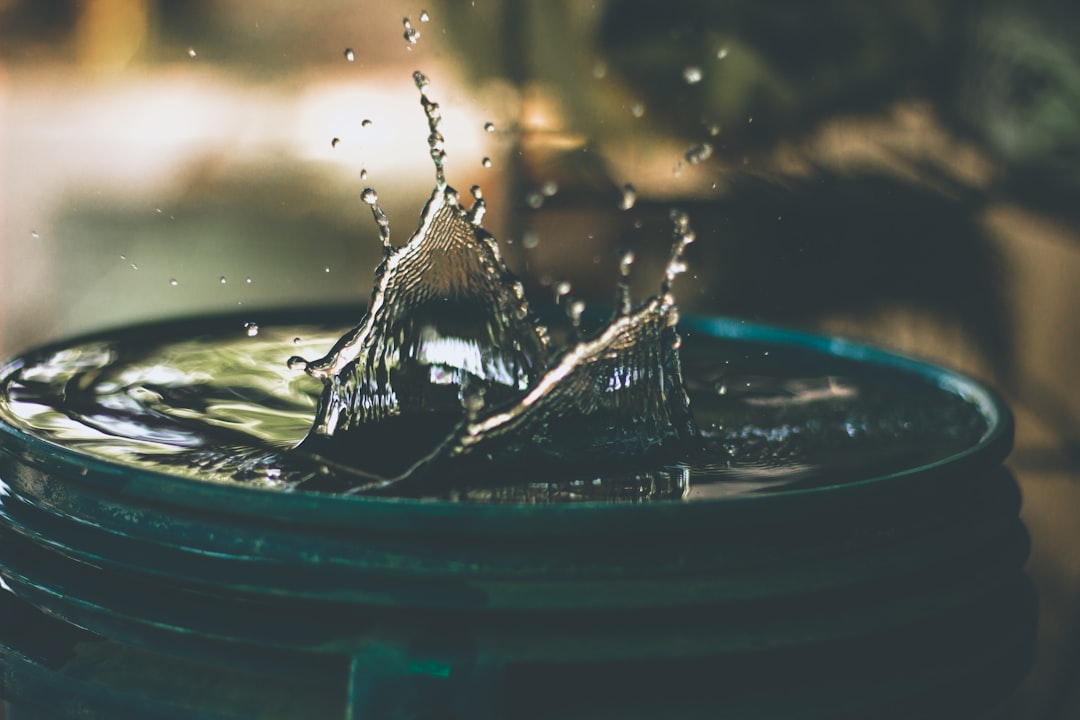
Water conservation at home isn’t about making huge sacrifices – it’s about making smart choices that add up to big savings. Each American uses an average of 82 gallons of water a day at home. The average person wastes up to 30 gallons of water every day. With these ten simple changes, you could easily cut your water waste in half and save hundreds of dollars each year. The best part? Most of these solutions take just a few minutes to implement, but the benefits last for years. Remember, every drop counts, and in a world where Two-thirds of the world’s population is projected to face water scarcity by 2025, your small actions make a real difference.
Ready to start saving water today? Which of these tips surprised you the most?

